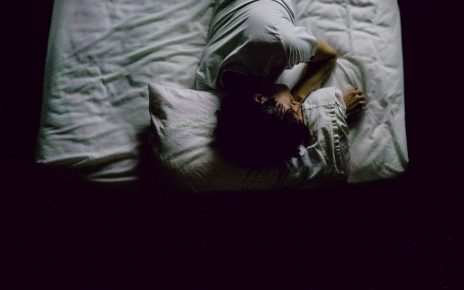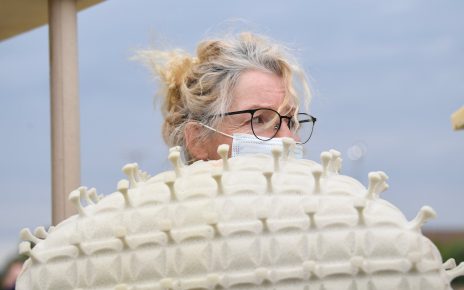Most children have a decent sense of reality. They get that dinosaurs existed and that SpongeBob is fictional. But a new study found that in the young brain, the realness of cultural fabrications such as Santa Claus and the Easter Bunny exists somewhere in between reality and make believe. And it concluded that our rituals are responsible for a child’s acceptance of Santa’s yearly sleigh ride and the Tooth Fairy’s cash deliveries.
Authors of the new research, published today in PLOS ONE, surveyed 176 Australians aged two to 11 and had them rate how real they found a variety of cultural figures: from the Wiggles—an Australian children’s music group—to dinosaurs, dragons and Princess Elsa from the Disney film Frozen.
Using a scale ranging from zero, or not at all real, to eight, or extremely real, the children ranked 13 figures in all. The majority of study participants identified dinosaurs and the Wiggles as the most real: both scored seven points. Fictional characters such as Elsa and Peter Pan four points, while Santa and the Tooth Fairy scored in the middle, with six points. Made-up cultural figures, as opposed to characters in a specific story, seem to occupy a kind of purgatorial middle space for youngsters.
In a comparison group of 57 adults, fictional characters ranked near zero, though Santa and dragons inched close to one point, suggesting a few believers out there. Ghosts and aliens hovered in the middle, between two and four points.
The authors think that participating in cultural rituals drives what children perceive as genuinely real. Going through the rigmarole of putting out Oreos on Christmas Eve may leave an exceptional impression on a young mind. The experience becomes reality, for a time anyway. (Of the children surveyed, 40 percent reported visiting with Santa in real life after visits to the mall, about the same percentage who had said they had seen the Wiggles.)
“I hope that people will take the idea that rituals facilitate, generate, and support belief more seriously,” says Rohan Kapitány, lead author on the new study and an assistant professor at Keele University in England. Past research into the childhood perception of reality, he explains, focused on specific categories of figures, such as television characters. He thinks that by looking at an array of different ones, the new findings provide a starting point for understanding how children begin to believe in entities that may not actually exist.
“We throw all of these categories into the mixing bowl at the same time,” Kapitány says. “I hope this work also allows us to [better develop a theory] into how people—in particular, children—come to believe in deities in a way that is ethically appropriate and unlikely to cause offense.”
“From a conceptual standpoint, the findings are exciting because they present a more nuanced view of children’s beliefs about reality than has previous work,” says University of Texas at Austin psychology professor Jacqueline D. Woolley, who was not involved in the new research, and has published extensively on conceptual development in kids. “It’s important to know that children aren’t simply dividing the world into real and not real. Rather they may be capable of thinking of graded levels of reality.”
Woolley points out that for younger children, ritualized cultural figures may exist somewhere between real and not real because of how parents talk about them. Her research shows that adults are more likely to explicitly bring up the reality status of ambiguous entities such as Santa, as opposed to real ones such as, say, a pencil. Also, she adds, parents may come across as more certain when discussing the existence of dinosaurs relative to the persona of Santa, for instance. And in children, certainty has been shown to strengthen belief.
Kapitány agrees, citing differences in how parents talk about things they know are unreal. “They use different qualifiers, different patterns of speech, different forms of evidence,” he explains. “For example, it’s not strange to say, ‘Santa is real.’ But it is strange to say, ‘Grandma is real.’” Evidence shows that children are sensitive to these differences, which can serve as red flags for kids—a sign that something fishy is going on.
“And so we arrive at rituals,” Kapitány says. Parents comfortable with a little intentional deception in the interest of a joyous tradition end up resorting to more elaborate means of creating realistic beliefs in their children. As he jokingly puts it, these are “outright acts of deception and conspiracy” that, by morning, make the cookies disappear.



